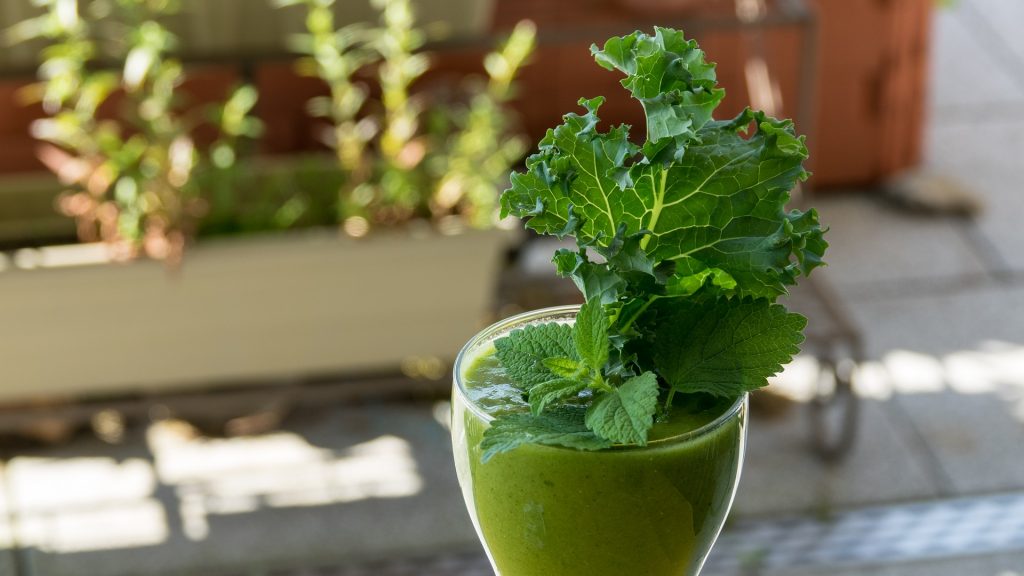 Free radicals are chemicals that are able to oxidise cells and tissues. This oxidation process leads to tissue damage and can often create chain reactions that cause further damage to cellular components. Antioxidants have been shown to be beneficial to the development of a number of health conditions because they are able inhibit this oxidation process and in this respect can break the chain reactions caused by free radicals. Evidence suggests that cataracts are caused by free radicals. The free radicals cause eye tissue damage and this then leads to the development of an opacity over the lens of the eye that can obscure the vision. A number of dietary antioxidants have been shown to be beneficial to cataracts and in this regard a phytochemical group called the xanthophylls may be highly effective. Xanthophylls are a subgroup of the carotenoid phytochemicals and of these lutein has been well researched with regard to protection for the eyes and in particular the prevention and reversal of cataracts.
Free radicals are chemicals that are able to oxidise cells and tissues. This oxidation process leads to tissue damage and can often create chain reactions that cause further damage to cellular components. Antioxidants have been shown to be beneficial to the development of a number of health conditions because they are able inhibit this oxidation process and in this respect can break the chain reactions caused by free radicals. Evidence suggests that cataracts are caused by free radicals. The free radicals cause eye tissue damage and this then leads to the development of an opacity over the lens of the eye that can obscure the vision. A number of dietary antioxidants have been shown to be beneficial to cataracts and in this regard a phytochemical group called the xanthophylls may be highly effective. Xanthophylls are a subgroup of the carotenoid phytochemicals and of these lutein has been well researched with regard to protection for the eyes and in particular the prevention and reversal of cataracts.

Lutein is a polar carotenoid that is found in high concentrations in spinach, kale, broccoli, egg yolks, peas and parsley. Lutein acts as a scavenger of free radicals and in this role may protect tissues from oxidative damage. Lutein belongs to a subgroup of the carotenoids called the xanthophylls, and lutein has been shown to be effective at accumulating in eye tissue and providing free radical protection. In this regard, lutein may be particularly beneficial at protecting the eye from the development of cataracts.
For example, in one study a group of patients with age-related cataracts were given 15 mg of lutein three times per week as a supplement for 2 years. Following supplementation the blood levels of lutein increased in the subjects suggesting that the lutein had been absorbed. In addition, visual performance, including visual acuity and glare, improved in the subjects following lutein supplementation compared to another group taking vitamin E. Therefore the xanthophyll lutein appears to be effective at improving vision in those with cataracts if taken for a period of 2 years at a dose of around 15 mg three times per week. Lutein is also present in foods and a high quality diet could easily provide 15 mg of lutein to the consumer. Lutein is particularly concentrated in green leafy vegetables including spinach, kale and lettuce, as well as in peas, broccoli and egg yolks. Those who are at risk of cataracts should therefore endeavour to increase the amount of these foods they consume and to also consider the use of supplement.
Eat Well, Stay Healthy, Protect Yourself
RdB
